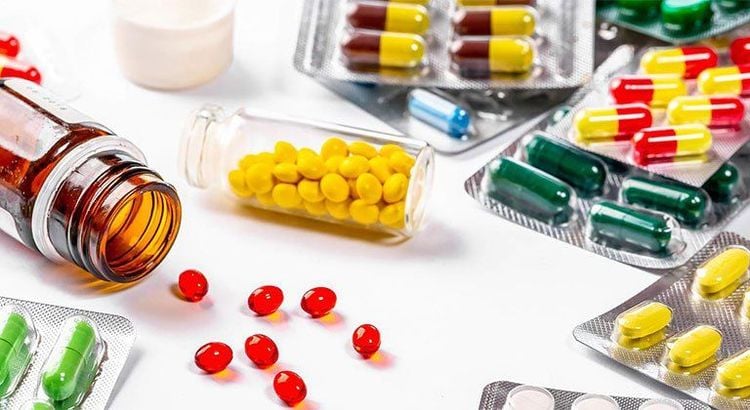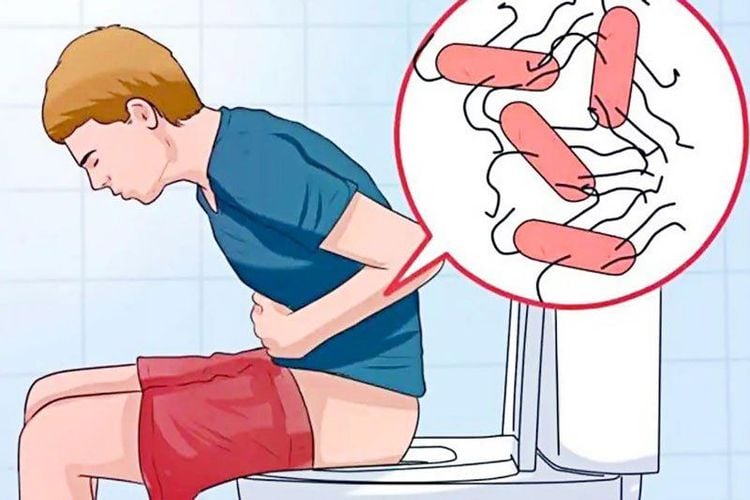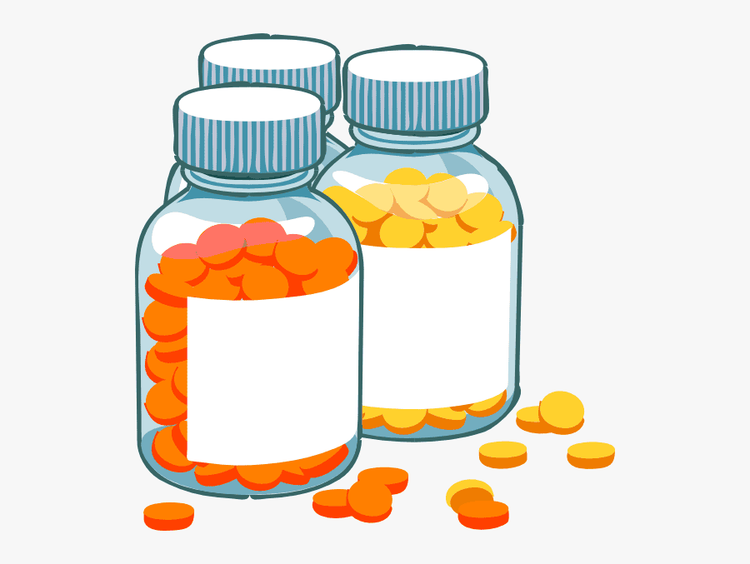This is an automatically translated article.
According to pediatricians at the Food and Drug Administration (FDA), giving children more than one type of medicine at the same time can have dangerous health consequences, especially when the drugs for for children with the same active ingredient.1. Ingredients in Children's Medicines
A drug is made of many ingredients, including some that are "inactive" - just to make the medicine taste better or dissolve faster. The rest are the active ingredients, called active ingredients, that make the medicine effective against the disease or condition that needs treatment.Many drugs have only one active ingredient. But combination medications, such as those for allergies, coughs, fevers, and nasal congestion may have more. The active ingredients will be listed first on the information label for over-the-counter (OTC) products. For prescription drugs, they will be listed in the patient leaflet or fact sheet provided by the pharmacist.
Parents need to know that taking a combination of children's medicines can lead to too much of an active ingredient. As a recommendation, neither adults nor children should take more than one combination medicine at the same time without first checking the active ingredients and consulting their doctor first.
Furthermore, 2 different active ingredients can have the same purpose. For example, both acetaminophen and ibuprofen help relieve pain and reduce fever. Therefore, there is no need to give both medicines to children to treat the same symptoms. It is important not to accidentally give children a double dose of the medicine.

Nếu cho trẻ em uống thuốc nhiều loại cùng một lúc thì có thể gây ra những hậu quả nguy hiểm cho sức khỏe
2. Health complications
With the onset of allergy season, many parents are able to give their child at least one product that contains an antihistamine. Over-the-counter (OTC) antihistamines include diphenhydramine (Benadryl), chlorpheniramine (Chlor-Trimeton), clemastine (Tavist), fexofenadine (Allegra), loratadine (Claritin, Alavert), and cetirizine (Zyrtec).However, these children may also be being treated for a separate illness, such as a cough or cold. Taking too much of an antihistamine for allergies can cause sedation and agitation - a paradoxical phenomenon. In rare cases, an antihistamine overdose can also cause breathing problems, including decreased oxygen or increased carbon dioxide in the blood.
Same goes for other active ingredients - often found in combination products to treat allergies and other symptoms, such as fever, headache, or stuffy nose. Note:
Acetaminophen (in Tylenol and many other products) is a pain reliever commonly used to treat fever, mild pain, or headache. Drinking too much can cause liver damage. Ibuprofen (eg, Advil or Motrin) is another common medicine for the relief of mild to moderate headaches, sinus pressure, muscle aches and colds, as well as to reduce fever. Too much ibuprofen can cause nausea, vomiting, diarrhea, severe stomach pain, and even kidney failure.

Quá nhiều ibuprofen có thể gây buồn nôn, nôn mửa, tiêu chảy, đau dạ dày nghiêm trọng
3. Expert advice
Whether you're treating your child's condition with over-the-counter medications bought from a pharmacy or prescribed by a doctor, it's important to keep track of all children's medicines and their active ingredients. very necessary.However, most parents will not remember all the medicines they are giving their children, especially if you have more than one child. That's why healthcare professionals recommend getting in the habit of writing down the names of all medications your child takes, whether they're OTC or prescription drugs.
This list will be really helpful when you visit your pediatrician or even take it to the pharmacy to treat your child at home. You should also be aware of the vitamins or supplements your child is taking, as they can also interact adversely with certain medications.

Bạn cũng nên lưu ý các loại vitamin hoặc chất bổ sung mà trẻ đang sử dụng, vì chúng cũng có thể tương tác bất lợi với một số loại thuốc
Please dial HOTLINE for more information or register for an appointment HERE. Download MyVinmec app to make appointments faster and to manage your bookings easily.
Reference source: fda.gov












